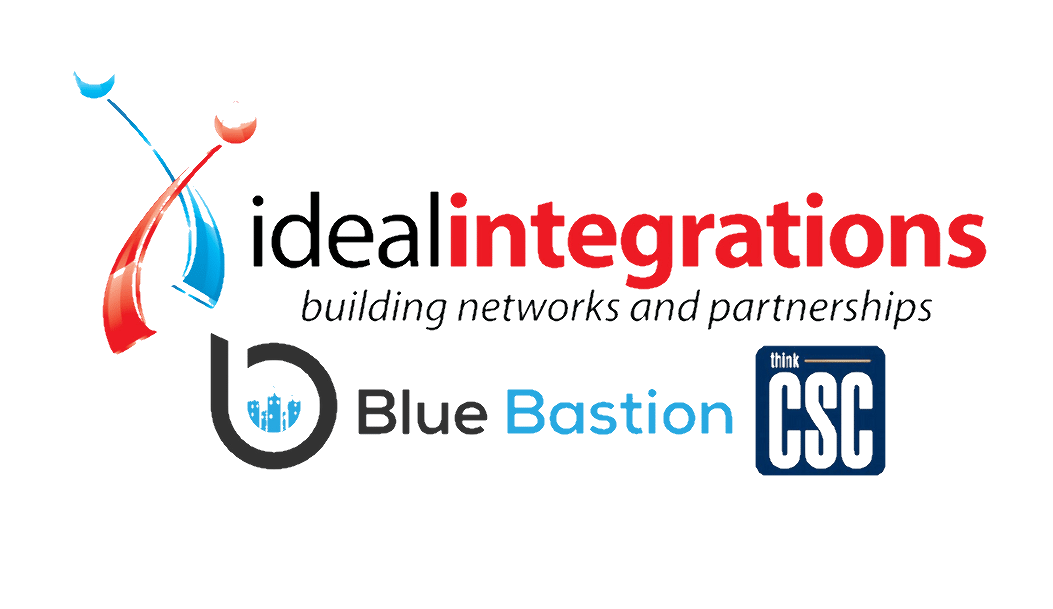
 Throughout the month of October, thinkCSC has been talking about improving cybersecurity as part of Cybersecurity Awareness Month. And even though October will be coming to an end, the need for vigilance and ever-better cybcersecurity will never end.
Throughout the month of October, thinkCSC has been talking about improving cybersecurity as part of Cybersecurity Awareness Month. And even though October will be coming to an end, the need for vigilance and ever-better cybcersecurity will never end.
Every individual and every organization is responsible for taking the lead in making themselves and their companies more cybersecure. How can your organization help?
- Spread the word and become a source of information for your colleagues, family, and friends.
- Become a Friend of the Campaign by visiting dhs.gov/stopthinkconnect
- Make cybersecurity a priority.
- Discuss safe online practices with your colleagues and employees.
Follow these simple tips to Stop.Think.Connect. every time you go online, and make sure your employees do, too:
- When in doubt, throw it out: Links in emails, tweets, posts, and online advertising are often the way cyber criminals compromise your computer. If it looks suspicious, even if you know the source, it’s best to delete the email or avoid clicking on the advertisement. Download the thinkCSC email security guide.
- Enhance your security: Implement multi-layered threat detection and 24/7/365 monitoring. Learn about thinkCSC’s Managed Security.
- Have a no-tolerance policy for employee negligence. Your employees are your biggest risk, and if they don’t take security seriously, it’s only a matter of time before your data will be compromised. Develop policies to protect your organization.
- Protect personal finances: When banking and shopping online, check to make sure the websites are security enabled. Look for web addresses with “https://” or “shttp://”, which means the site takes extra measures to help secure your information. Address your risk in light of the Equifax breach. Learn more about how to protect yourself and your business here.
- Protect all devices that connect to the Internet: Along with computers, smartphones, gaming systems, tablets, and other web-enabled devices also need protection from viruses and malware. Every organization should have comprehensive mobile device management security.
- Manage your passwords: Require strong employee passwords that are at least eight characters long and use letters, numbers, and symbols. Require them to be changed frequently. Insist on multi-factor authentication, since passwords alone offer only minimal protection.
- Establish offsite backup and recovery. Ransomware is insidious in its ability to continue evolving to better dupe unsuspecting recipients into clicking a link or downloading a file. Rather than gamble with the security of your data in the hope that it will never happen to you, be prepared with offsite backups that house and maintain all your sensitive data. BDR is a peace-of-mind measure that could save your business.
Follow the Stop.Think.Connect. Guidelines
– Stop: Before you use the Internet, take time to understand the risks and learn how to spot potential problems.
– Think: Take a moment to be certain the path ahead is clear. Watch for warning signs and consider how your actions online could impact your safety or your family’s.
– Connect: Enjoy the Internet with greater confidence knowing you’ve taken the right steps to safeguard yourself and your computer.
Stop.Think.Connect.: Protect yourself and help keep the web a safer place for everyone. Protect yourself and help keep the web a safer place for everyone. For more Stop.Think.Connect. programs and opportunities, please visit http://www.dhs.gov/stopthinkconnect.

